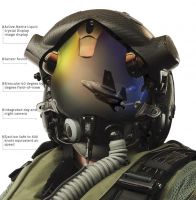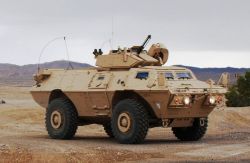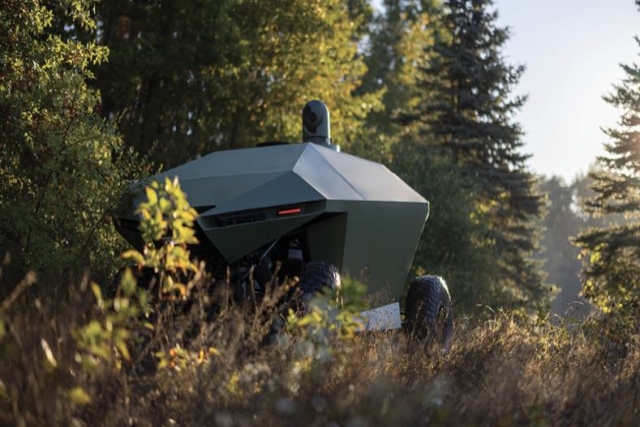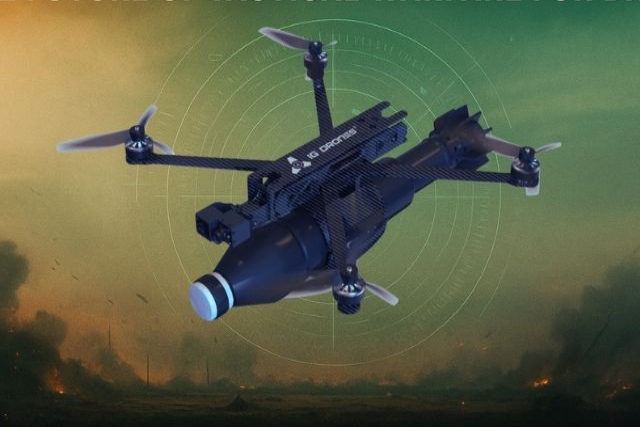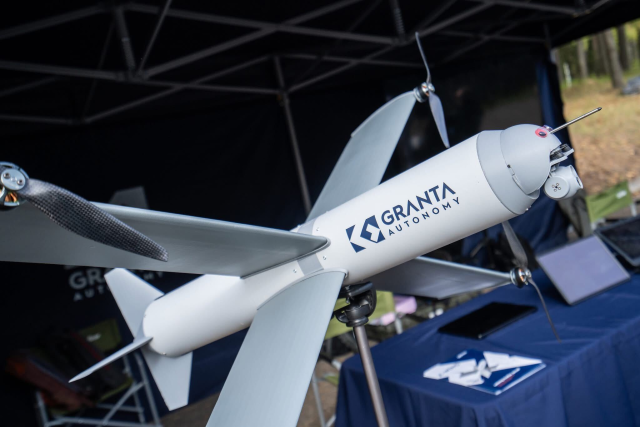First Maiden Flight Of New Scorpion Aircraft Next Week
Textron’s new Scorpion aircraft will have its maiden flight early next week, the company official was quoted as saying by Defense News.
The flight, expected to be roughly 90 minutes, will be used to gather baseline information about the newly designed plane. If everything goes smoothly, a second flight will occur Thursday, followed by a semiregular schedule of test flights moving forward, the report said.
The Scorpion is equipped with twin turbofan engines and a tandem cockpit, although the jet is designed to be flown by a single pilot. There are six hard points on the plane that could hold a variety of equipment, from extra fuel to Hellfire missiles.
The highlight of the plane is its internal compartment, which features 82 cubic feet of modular space for communications, electronic warfare and intelligence, surveillance and reconnaissance gear.
Billed primarily as an ISR craft, Scorpion was designed as a multimission platform from the beginning, according to Bill Anderson, president of Textron AirLand.
“Everyone wants ISR, everyone wants high endurance, everyone wants affordability, so what we designed was a multimission airplane,” Anderson was quoted in the report. “The thought was to design a multimission airplane relevant to today’s security challenges and financial environment.”
Textron claims the plane can be flown for $3,000 an hour, significantly less than top-line fighters such as the F-16, while providing more capability than turboprops such as the AT-6.
The company is expecting a large chunk of sales with second-tier militaries that want expanded capabilities for both military and homeland security missions, with such regions as Latin America, Eastern Europe and Africa potential targets, according to the report.
But Textron has received interest from the US, as well, according to company officials, particularly from US National Guard leaders who see an advantage in a plane that can assist with counternarcotics and emergency disaster response missions.
Textron has considered entering a modified Scorpion into the T-X competition to replace the US Air Force’s fleet of aging T-38 trainers, but no official decision has been made, the report added.
